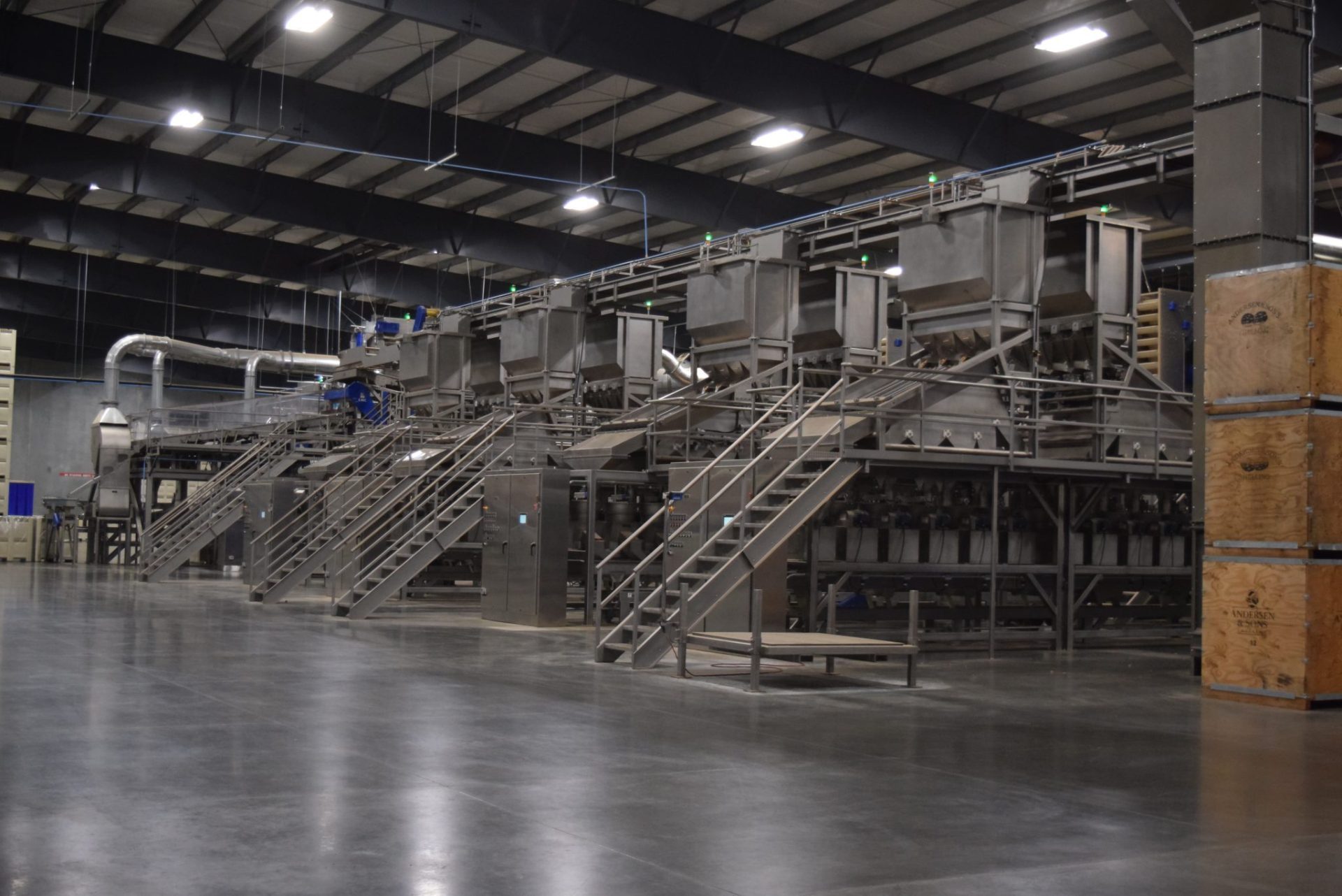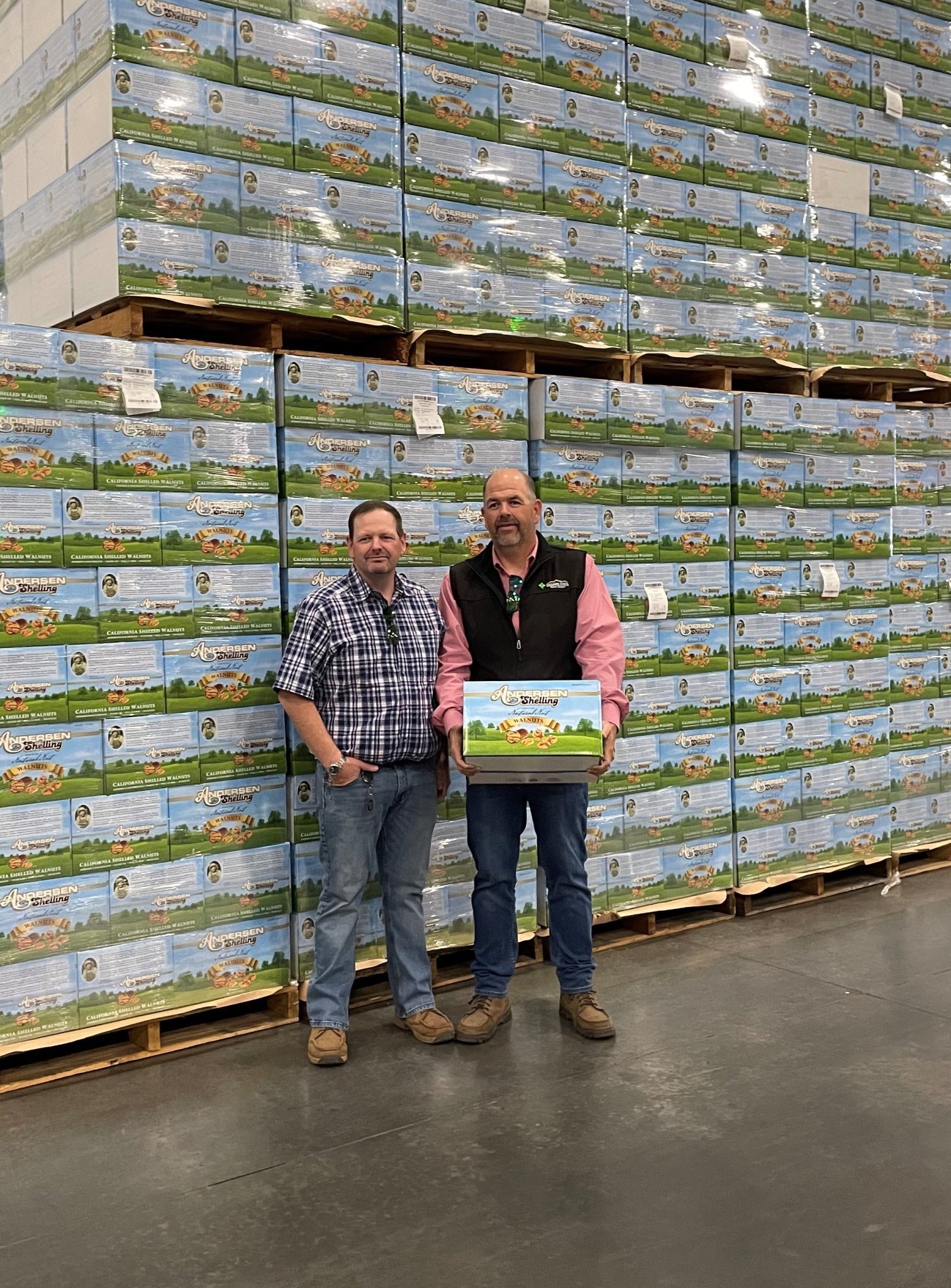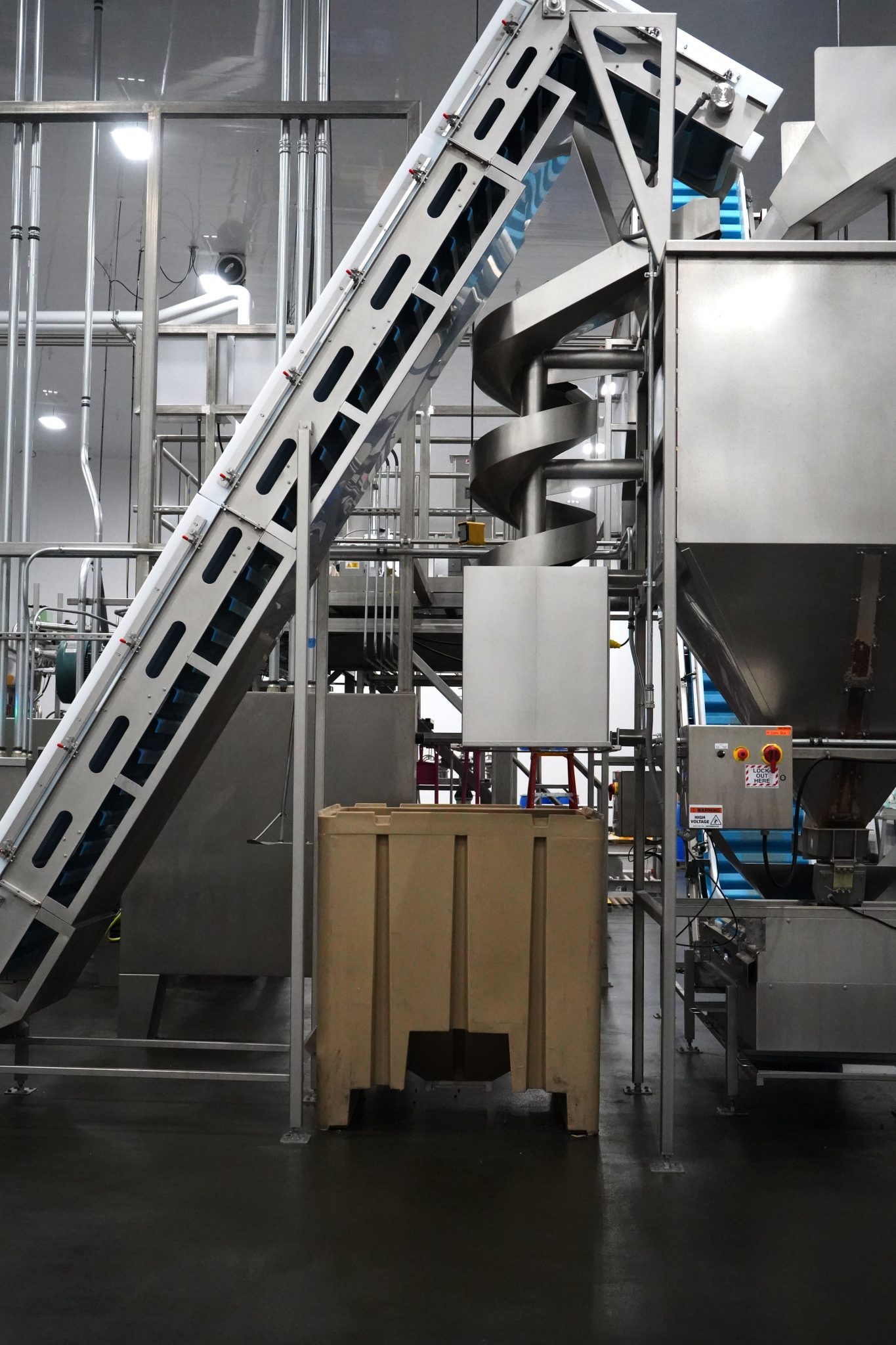
Walnut market dynamics are never far from the thoughts of Patrick and Mike Andersen, whose family-owned Andersen & Sons Shelling, Inc. is one of the largest walnut handlers in California.
Last year, the two brothers oversaw the processing and marketing of 80 million pounds of walnuts at their plant in Vina, about 120 miles north of Sacramento. It was their biggest volume in their 20 years of walnut handling. And more growth is expected.

That means big accountability to the 200 growers who deliver their walnut crops to Andersen & Sons Shelling and to the 280 people the company employs. It also underscores the need to maintain and build relationships with the large wholesalers and national retailers who buy their walnut products.
In addition to growing their own walnuts and almonds, the Andersens also process and market almonds from about 100 growers. The brothers grow prunes, which are enjoying strong prices this year. In all, the Andersen family has been farming in Northern California since 1904.
Patrick is Andersen Shelling’s president and chief financial officer. Mike serves as vice president of sales and marketing. In November, they shared their market views with West Coast Nut.

Q. What’s your assessment of the 2022 walnut crop?
Patrick: Yields in most varieties are up from last year. Some varieties, like Howards, are about the same or 10% to 15% higher. Chandler yields increased as much as 40% to 50%. Quality is a whole different game. It’s not that great this year. That period of extreme heat in late August and early September really affected the color of the walnuts. There are a lot of darker kernels, even in the Chandlers. We’ve also seen a lot of mold, which we think is the result of the heat. Then our edible yields have been down a fair amount, and that’s associated with mold. Quality-wise, it’s a below-average year, which is going to make it tough on the marketing side of things.
Q. What will the increase in dark-colored walnuts mean for marketing?
Mike: With about 10% more darker-quality kernels this year, and with the mold defects, there will be more scrutiny by customers. That might leave some walnuts unsold because there’s no market for them. Over the last 10 to 20 years, the market’s evolved to where customers prefer the lighter colored walnuts. There’s starting to be a glut of darker quality sitting around in warehouses. Growers will have to start changing the varieties and quality they grow to make sure we have the best, lightest-quality walnuts, period.

Q. Is your market predominantly domestic?
Mike: We’re about 85% domestic. We’ve found a niche there that’s worked. We’ve created some really good relationships over the last several years with some of the larger retailers. That’s where our growth is going to be. It’s a lot harder marketing domestically than export.
Q. Why is that?
Mike: U.S. retailers are more demanding, especially with quality. On the export side, it’s a lot easier to ship a 40-foot container, get paid for it and let someone else deal with overseas retailers. Domestic retailers have higher standards than some of the export customers.
Patrick: But it hasn’t been easy for ag exporters either with the supply chain and logistic issues since the pandemic began.
Q. Looking forward to 2023, what’s your outlook on walnut prices?
Mike: They’re going to stay down until we fix the supply/demand situation. There’s just too much supply at this point.

Q. What’s the ballpark range of prices right now?
Patrick: Return to growers is in the range of 40 to 50 cents a pound, which is way under the cost of production. Every single grower is going to be losing money. The problem is the walnut crop has more than doubled over the last 20 years. We have a lot of competition in the export market from other countries like Chile and China. It’s creating a lot of supply out there worldwide. Chile has a record crop. There’s more supply right now than there is demand.

Q. When do you see that getting back into balance?
Mike: Like all supply and demand situations, this will resolve itself. A lot of growers with older orchards will be removing them or planting something else. Growers at the southern end of the San Joaquin Valley who have high water costs will probably be removing orchards too just because it’s too unaffordable. It’s going to take two or three years to fix the supply situation. Every commodity has its ups and down. Almonds and walnuts have had a great 20-year run. We’re in a downward cycle right now. But we’ll get it under control and the price will come back around.

Q. With prices below the cost of production, along with the drought and rising input costs, how can growers hang on for another year or two?
Mike: If they’re not diversified, and they’re only in walnuts or almonds, it’s going to be rough, maybe even into 2024. This is my 20th year marketing walnuts, and this is the lowest price I’ve ever seen. Farm entities are going to lose money. You’ve got to tighten that belt and get through it.

Q. Are there any bright spots ahead?
Mike: The bright spot is that what we grow has a lot of health benefits. And right now, walnuts are price-affordable, the cheapest they’ve been in 20 years. We actually had the CEO of a major retailer email our buyer after noticing that walnut prices were headed down. He was excited that, while everything else is headed up, this will help out their customers. So, people are recognizing that the price is low but maybe we can build demand and get some new customers.
Patrick: We think we can grow these markets a lot by pushing good quality, the health message and our commitment to sustainability. They’re really important to customers every day. Everything is used on a walnut. Almonds too. We eat the kernel. We compost the walnut hull. We sell the shell for co-generation. We need to tell that story because that’s important to consumer and customers too. That’s where the nut industry is going to make a big push for the next couple of years. We think it will gain attention of new customers.















